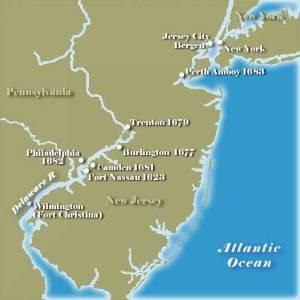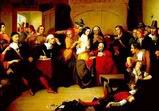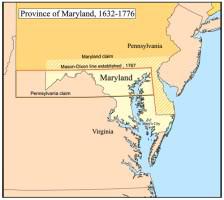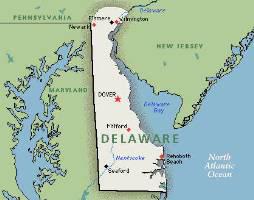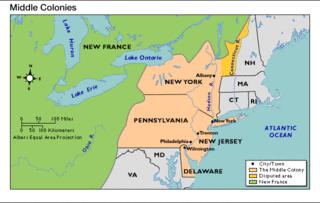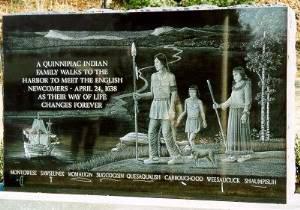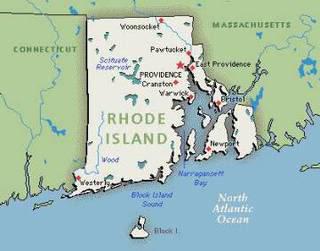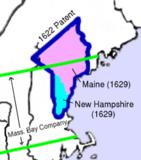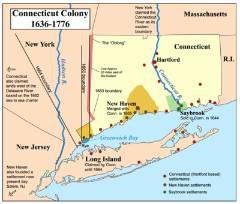The Year: 1664 Image: Map of Colonial New Jersey The early European settlement of New Jersey involved the Dutch and the Swedes. The Dutch West India Company worked to stimulate settlement in the area by granting large tracts of land to its members in New Netherland, which included the area that would become New Jersey. These grants were called patroonships. A patroon was a landholder who was granted one of these great estates in exchange for bringing fifty new settlers into the colony. In 1620, a trading post was established at the site of Bergen, New Jersey, which would later be developed as the first permanent white settlement in the area. Other Dutch enclaves followed at Fort Nassau and at…
